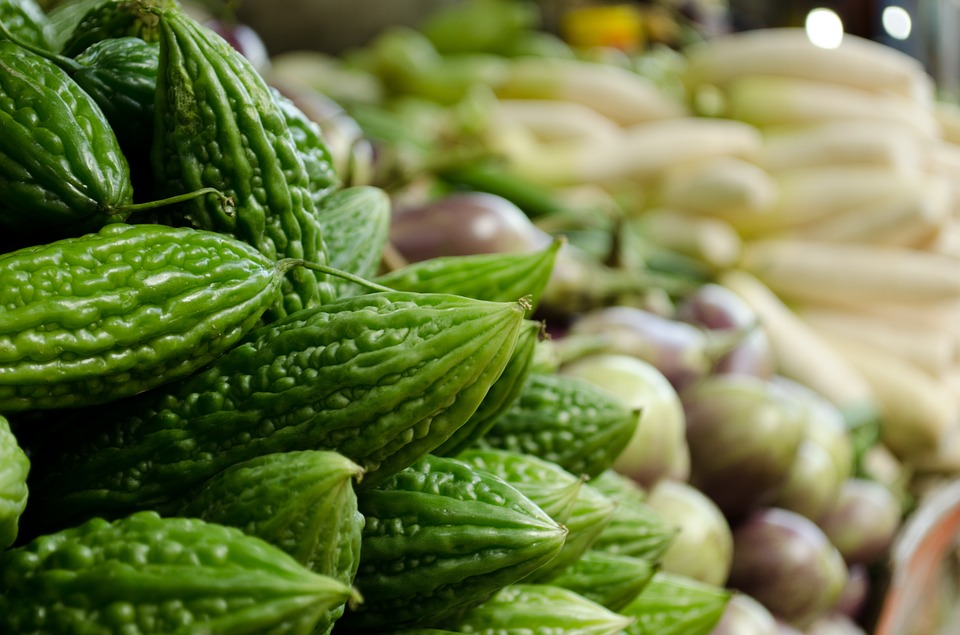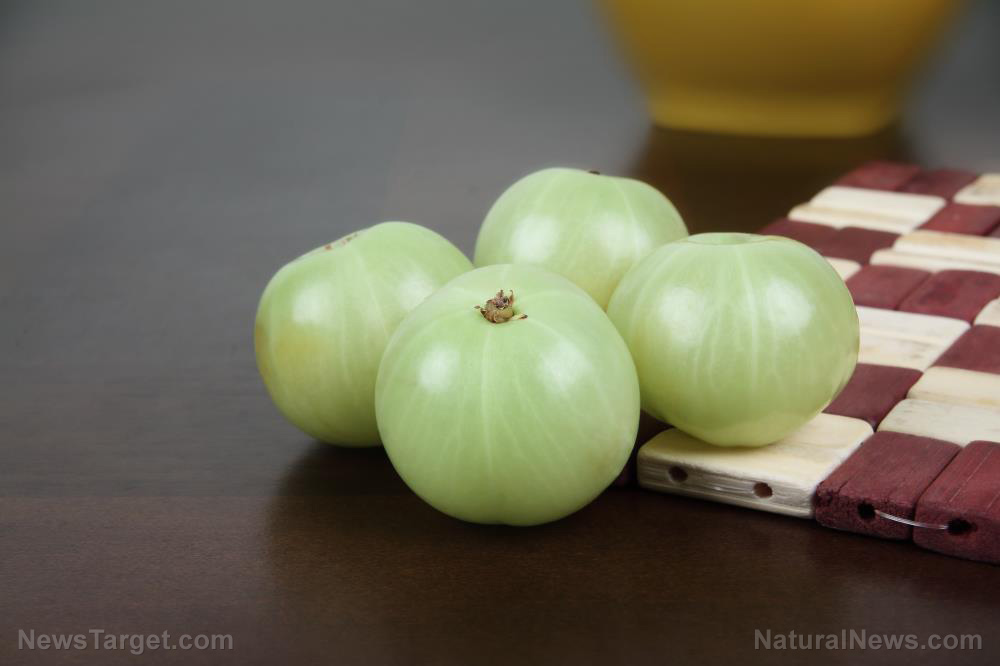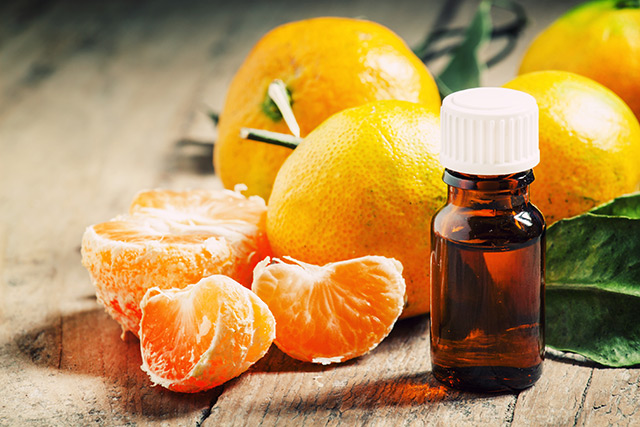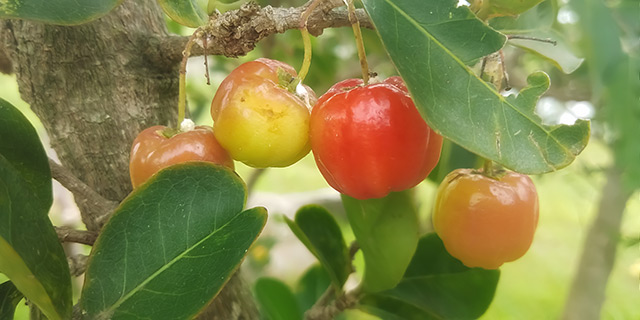Top 10 vegetables to lose weight and fight off cancer
10/01/2015 / By Greg White
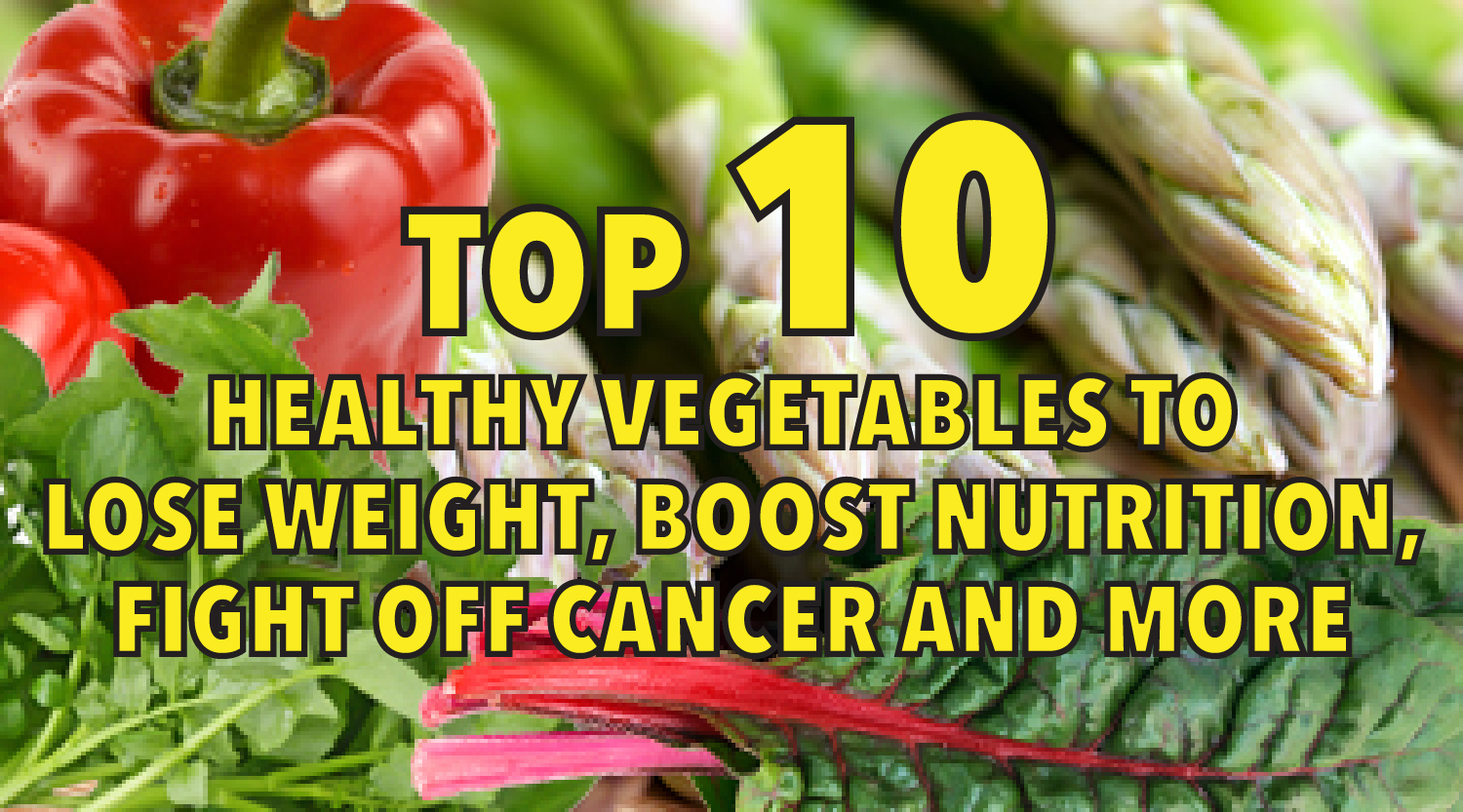
The human body is designed to digest a swath of vegetables. Not all vegetables are created equal, however. Many vegetables in the produce section stem from genetically engineered crops that have been laced with noxious pesticides. Pesticides are linked to a variety of health problems including cancer, organ failure and birth defects. Unprocessed, organic plant food, fortunately, has as many health benefits as genetically engineered foods have side effects. Eat the following vegetables to promote weight loss, boost nutrition, fight cancer and more.
1. Broccoli and cruciferous vegetables
Cruciferous vegetables, such as cauliflower, cabbage, bok choy and Brussels sprouts, are some of the most nutritious vegetables that you can eat; however, broccoli is the most popular vegetable among the cruciferous bunch. Broccoli is considered a superfood loaded with nutrients. It is low in calories, an ample source of vitamins C and K, and a great source for dietary fiber. Known as a cancer-fighting food, broccoli can also help lower cholesterol, promote optimal eye health, aid digestion and soothe the pain of arthritis. The vitamin K in broccoli also helps keep bones strong. Just one cup of broccoli contains over 100 percent of your recommended daily dietary intake of vitamin K. Broccoli is no longer a bland vegetable that you have to force yourself to eat. It can be sauteed, steamed or cooked into a variety of dishes.
2. Carrots
Carrots are a great source of vitamin A. Beta-carotene is the antioxidant that gives carrots their orange color. When consumed, the liver converts beta-carotene into vitamin A, which helps cleanse the organ. The ample amounts of beta-carotene in carrots can minimize the risk of heart disease, cancer and diabetes, and promote optimal eye health. They are also low in calories and make a great snack to go.
The power of the elements: Discover Colloidal Silver Mouthwash with quality, natural ingredients like Sangre de Drago sap, black walnut hulls, menthol crystals and more. Zero artificial sweeteners, colors or alcohol. Learn more at the Health Ranger Store and help support this news site.
3. Asparagus
Asparagus is a weapon against disease. Loaded with fiber, folate and vitamins A, C, E and K, asparagus fights against cancer, diabetes and heart disease. Folate is a vitamin that helps the body grow. The high amounts of folate in asparagus can help minimize the risk of spina bifida, a serious birth defect which literally means “split spine.” An animal study from McGill University found that paternal folate deficiency in mice was associated with a 30 percent higher number of various birth defects than in offspring with no paternal folate deficiencies. The benefits of folate extend to the brain as well: It can minimize the risk of depression by thwarting an excess amount of homocysteine from forming, an amino acid that can starve the brain of nutrients. You can cook asparagus into an omelet for breakfast, chop it into a salad for lunch or prepare it as a side dish for dinner.
4. Red pepper
Red peppers are a crisp, sweet and a nutritious addition to any diet. They are a great source for vitamins A, E, C and B6, and magnesium. The nutrients in red peppers work together as a force against premature aging, diabetes and bad cholesterol, as well as prostate and lung cancer. In addition, red peppers are a good source for the carotenoids zeaxanthin and lutein. Foods high in zeaxanthin and lutein can help prevent the risk of macular degeneration, which is one of the leading causing of blindness in the United States. Red peppers can be incorporated into a variety of dishes for flavor without adding extra calories and fat.
5. Chicory
Chicory is a caffeine-free herb that is often used as a substitute for coffee. It’s a great source for phosphorus, calcium, iron, potassium, inulin and vitamins A and C. Chicory has been prized for its medicinal properties since ancient times. Chicory tea is a particularly good body cleanser and is often recommended to diabetics to help control blood sugar levels. As as source for fiber, the chicory root can aid digestion by increasing the flow of bile. It can also help cleanse the liver, reduce the risk of kidney stones, and promote optimal vision. Free of caffeine and low in calories, chicory makes a great salad topping or can be brewed into a tea.
6. Spinach
Leafy green spinach is one of the most nutritious vegetables on Earth. It’s packed with vitamins A, C, K, B2 and B6, as well as the minerals magnesium, folate, manganese, iron and calcium. The body cannot break down all the nutrients in spinach served raw, so it is one of the few vegetables that is better cooked. Teeming with antioxidants, spinach fights cancer-causing free radicals. But the health benefits aren’t limited to cancer: It can help treat asthma attacks, diabetes, heart disease, spina bifida and vision loss. The leafy green vegetable can be added to salads or smoothies, and is a sure means to staying fit.
7. Beet greens
Beet greens are the green leaves attached to beets. They are high in vitamins A and C, as well as contain important nutrients like potassium, copper and manganese. The vitamin A in beet greens helps boost the immune system, which can play an important role in preventing various cancers. The vitamin K in beet greens also plays an integral part in breaking up blood clots. Juiced beet greens can help cleanse the entire body. If you want to help your immune system beat various diseases, try beet greens.
8. Chard
Chard is a relative of beets, so it should come as no surprise that it is loaded with nutrients. It is high in vitamins A and C, as well as the minerals calcium, iron, magnesium, phosphorus and potassium. Chard is recognized as a superfood that keeps cancer at bay. As a superfood, chard qualifies as brain food as well. The vitamin K in chard contributes to the development of myelin sheath, which is the material that wraps around nerve axons. Like most green leafy vegetables, chard helps maintain strong bones, lower blood pressure and promote optimal vision. Since it is high in nutrients and low in calories, chard can help get rid of unwanted weight. It can be steamed, sauteed or grilled, and makes a savory addition to pizza, soups, salads, dressing pasta and other grains.
9. Chinese cabbage
Chinese cabbage is made up of firm, green leaves that can often be found in Asian stir fries. It is a great source for vitamins C and K, as well as minerals like potassium, manganese, iron and magnesium. It is an ideal vegetable for weight loss, containing just 33 calories in a cup of cooked cabbage. The antioxidants and anti-inflammatory properties in Chinese cabbage mitigate the risk for a plethora of cancers including bladder cancer, breast cancer, colon cancer and prostate cancer. The fiber in Chinese cabbage can also mitigate the risk of high blood pressure, stroke, gallstones and hemorrhoids. In addition, the vitamin K in Chinese cabbage maintains strong bones and can even help minimize neurological damage for people with Alzheimer’s disease.
10. Watercress
Watercress is one of the oldest green vegetables known to man and is regarded as an anti-cancer superfood. It contains numerous vitamins including vitamins A, B2, D and E, as well as the minerals iron, iodine and phosphorus. Laboratory tests have found that consuming watercress daily can help DNA resist damage, which can lower the risk for cancer and combat the effects of aging. In addition, it has high amounts of the phytonutrients lutein and zeaxanthin, which are essential to maintaining good vision. Watercress can also help maintain strong bones and teeth, prevent strokes, combat heart disease and lower the risk of depression. The health benefits attached to this ancient green leaf vegetable are endless.
Food is regarded as a primary source for energy when it should be regarded as a primary source for optimal health. Not all food is created equal though. The listed foods are high in nutrients and low in calories. Reap the many health benefits of these vegetables today. They’re yours for the taking.
Sources include:
Tagged Under: aging, antioxidants, cancer, functional food, healthy food, inflammation, nutrition, vegetables, weight loss





